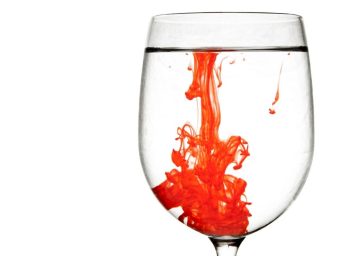15 Most Deceptive Food Label Terms That Are Fooling You
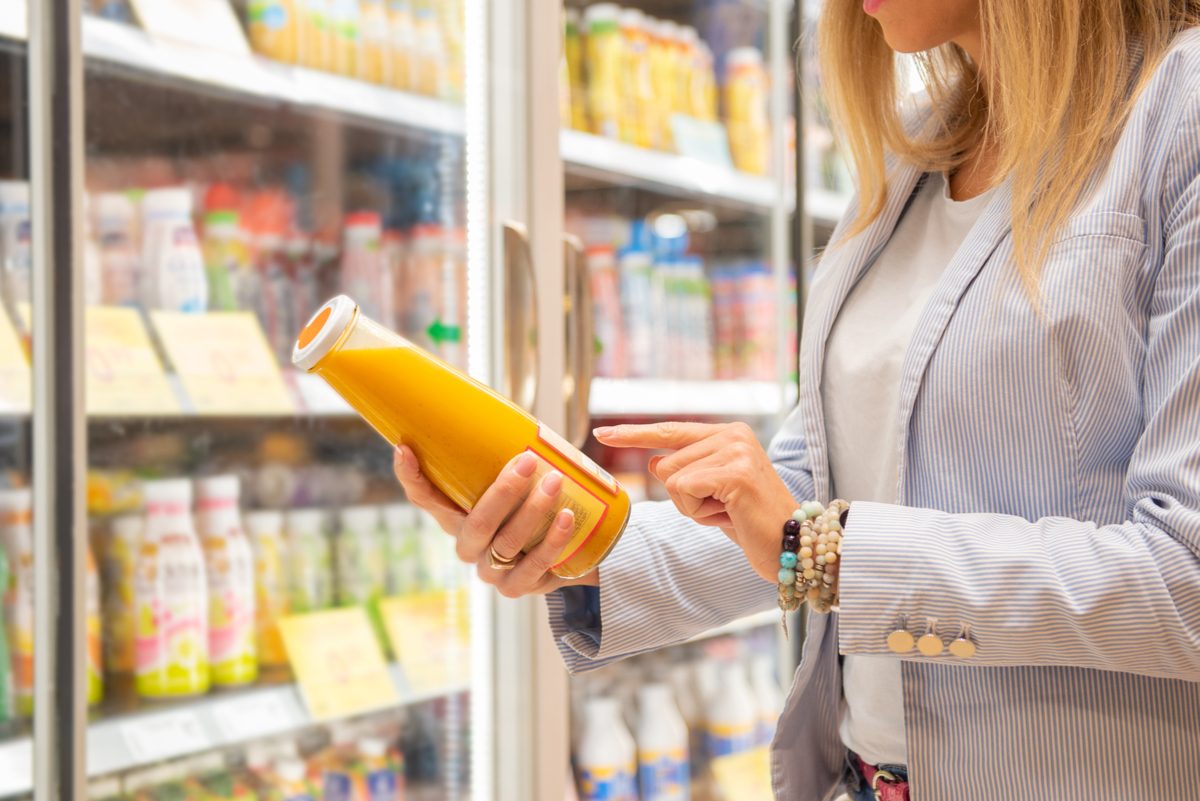
The inner aisles of supermarkets are chock-full of foods that claim to make you healthier. Brightly colored food labels proclaim "sugar-free," "low-calorie," and "natural," waiting in hopes you'll snag the nearest food package and begin snacking. These foods may appear beneficial at best and harmless at worst, but are they? Let's unravel some of the deceptive food labels that may be misleading you.
What are misleading food labels?
Food companies use cleverly crafted words and phrases to market their products in the hopes of swaying your buying decisions. Eye-catching package designs with wisely-worded descriptions envelop food products that may not live up to their food-wrapper hype.
Companies are required to meet minimum governmental standards for product packaging and quality, and many times, the minimum is what you get. Misleading food labels are prevalent in supermarkets, so it is your responsibility to sift through the bad to get to the good. We've comprised a list of more than a dozen deceptive food label terms that aren't really what they seem, to help you do just that.
And what about the ingredients? Reading the ingredient list on food packaging is more important than just glancing at the front label. As a rule of thumb, read the first three ingredients on the list. These three ingredients make up the majority of what you're consuming. If the ingredient list is longer than two to three lines, you can bet that the product is vastly processed. Seek out ingredients such as whole grains and other whole foods for a healthier option.
"Low-carb" and "keto"
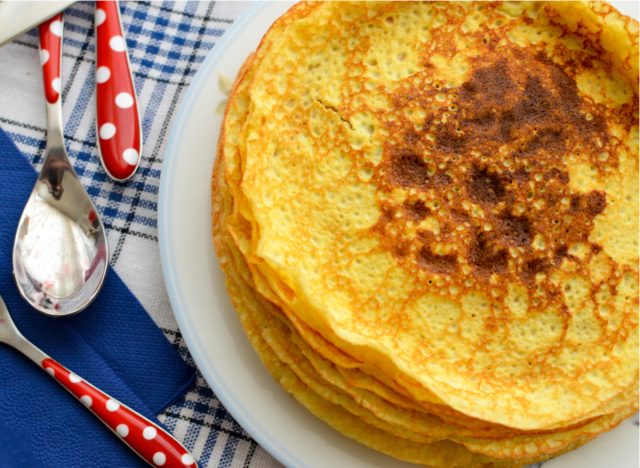
Nutrition fact labels list carbohydrates as dietary fiber, total sugars, and sugar alcohols. These carbs provide energy in calorie form for the body. According to the FDA, the daily recommended value for carbohydrates is 275 grams, but many people choose to limit carbs for weight loss. "Low-carb" labels on foods entice dieters, but is the product really "low-carb?" Don't allow yourself to be fooled by these labels. The FDA doesn't have guidelines for "low-carb" or "keto" food labeling.
"Gluten-free"
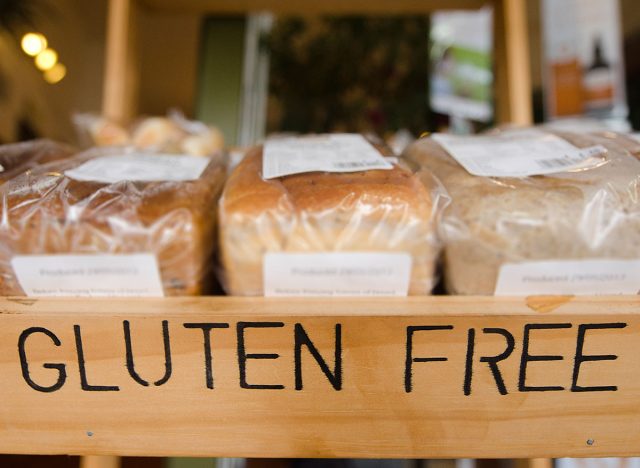
A "gluten-free" label is a voluntary addition by food companies, which could pose a problem for those with celiac disease. In 2013, the Food & Drug Administration finalized the definition of the term "gluten-free" for food labeling. They concluded that foods that contain 20 ppm (parts per million) of gluten or more can not be considered gluten-free. However, this guideline means that products containing traces of gluten up to this amount can be labeled "gluten-free." Individuals with celiac disease may find this concerning.
"Light"
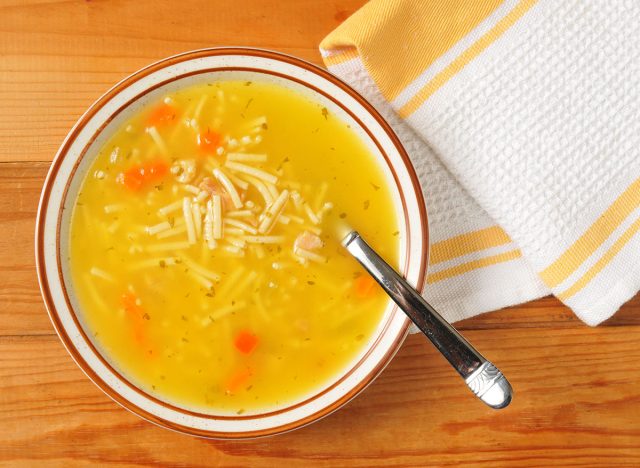
"Light" food products are usually highly processed to lessen or eliminate calories and fat. Food additives are used to enhance flavor during processing, so read the ingredient list carefully. Additives may tack on excess sugar or calories to "light" foods.
"Natural"
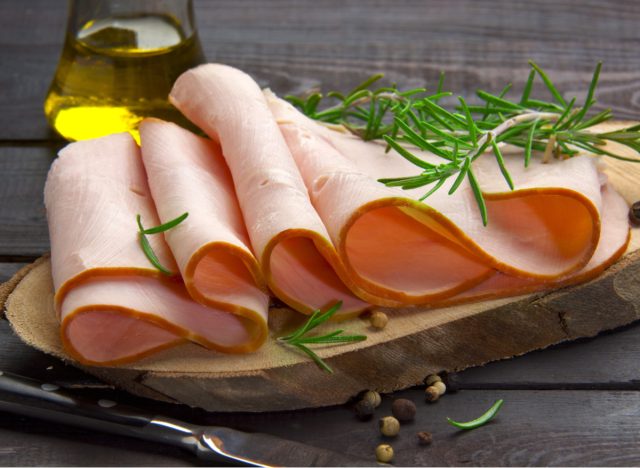
Foods labeled as "natural" may be one of the trickiest yet. This term does not necessarily indicate that the food item is natural. According to the USDA, foods labeled as "natural" must be minimally processed and may not contain any artificial preservatives, colors, or flavors.
When it comes to meat, for example, the "natural" label doesn't indicate whether the animal was raised with antibiotics or hormones. Other foods labeled "natural" are often misinterpreted as containing no artificial ingredients. Sadly, the opposite is often true.
"Organic"
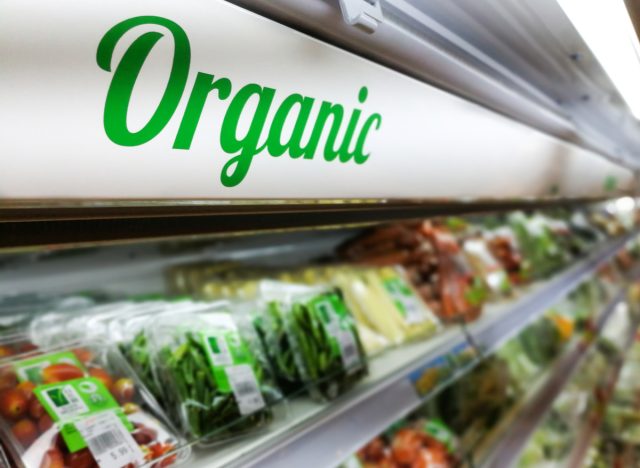
"Organic" is another one of those feel-good food labels, but it does not indicate that the food you're eating is more nutritious. The FDA has set up strict guidelines for organic food labeling, and products bearing this label must be "produced using agricultural production practices that foster resource cycling, promote ecological balance, maintain and improve soil and water quality, minimize the use of synthetic materials, and conserve biodiversity." For example, there are only a few pesticides and fertilizers that are permitted for use in organic foods.
So while "organic" food has been less exposed to pesticides and antibiotics, it isn't necessarily better quality.
"Low-calorie"

Low-calorie food items made by one company may contain just as many calories as their competitor's regular version of the same item. "Low-calorie" products must have one-third fewer calories (40 calories or less) per serving than the brand's original product—which tells you nothing about how they rank in the overall product category.
"No high fructose corn syrup"
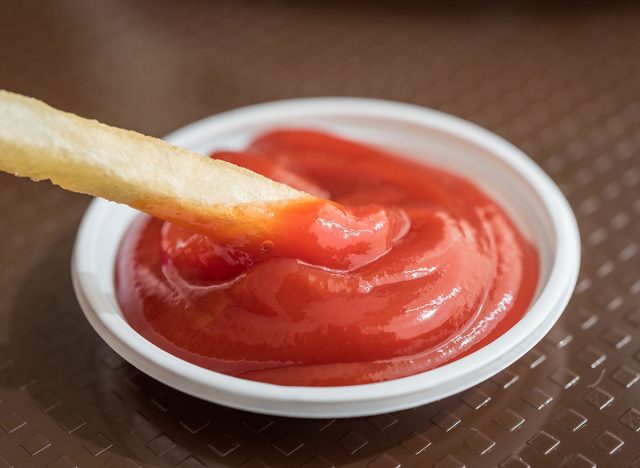
High fructose corn syrup contains roughly the same calories as sugar and has similar health risks. Often, when a product is labeled as having no high fructose corn syrup, other sweeteners are added to compensate for the taste. According to the American Heart Association, added sugars should be limited to six and nine teaspoons per day for women and men, respectively.
"No added sugar"
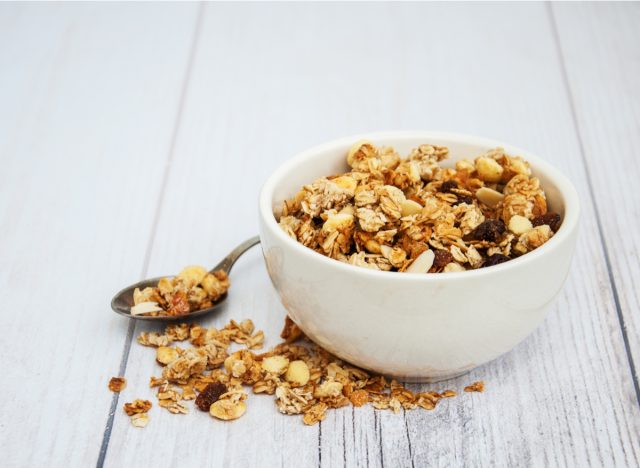
Did you know that "no added sugar" doesn't mean that the food is healthy or sugar-free? This term simply means that the product isn't processed with any sugar or sugar-containing ingredients. The label does not, however, account for sugar alcohol or artificial sweeteners, so make sure you inspect the food label carefully.
"Low-fat"
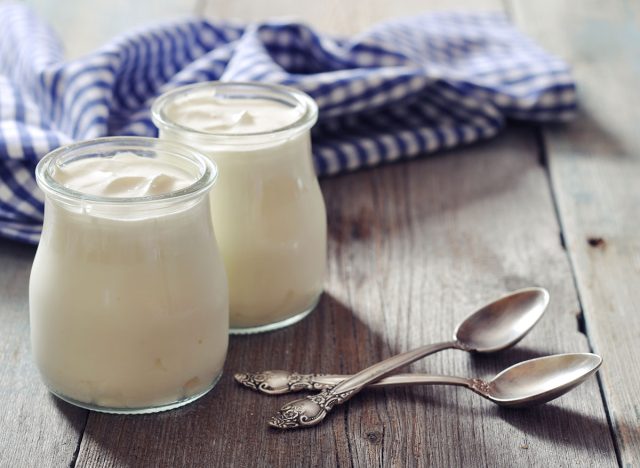
The FDA has strict guidelines that govern foods labeled "low-fat." For instance, the product must contain three grams or less of fat per 100 grams, and have 30% or less of its calories come from fat. However, sugar is often added to low-fat foods.
"Fruit-flavored"
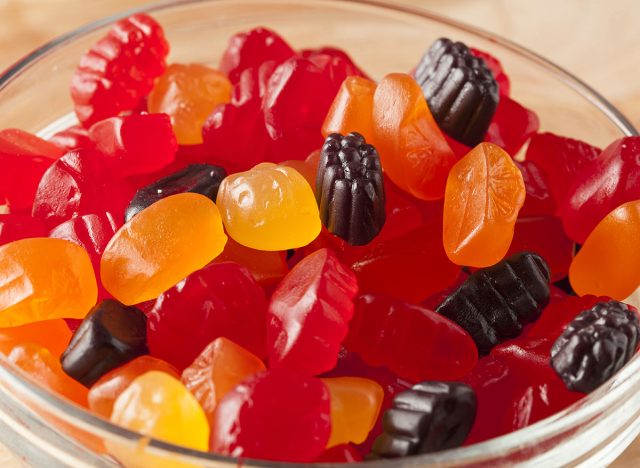
Fruit flavoring such as strawberry, cherry, orange, and lime are often created artificially to imitate natural fruit flavors. Artificial coloring, such as Red #40, Blue #1, and Yellow #6, often accompany these fruit-flavored foods. Food coloring (Red #40 and Yellow #5) has been linked to hyperactivity and behavioral problems in children sensitive to these food dyes. So, avoiding these artificial flavorings may be beneficial to some people.
"Cholesterol-free"
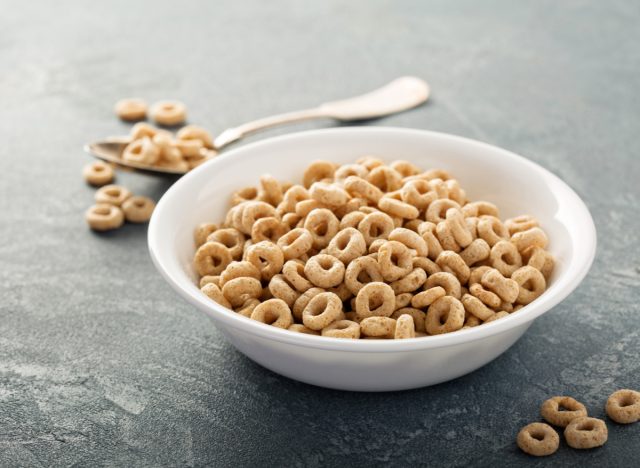
"Cholesterol-free" doesn't mean that the food item doesn't contain cholesterol. The FDA states that foods with this label must not contain more than two milligrams of cholesterol per serving. If the food's per-serving fat content for main dishes exceeds 19.5 grams or 26 grams for meal products, the total amount of fat per serving must be labeled beside the "cholesterol-free" claim. Keep in mind that not all cholesterol is bad. HDL cholesterol (good cholesterol) can lower your risk for stroke and heart disease by carrying cholesterol to the liver.
"Sugar-free"
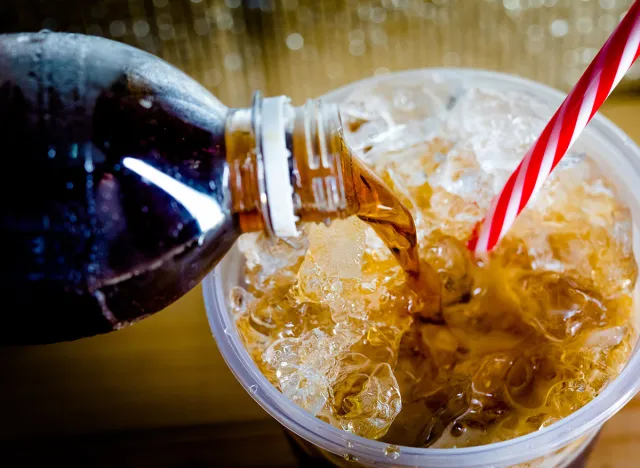
Foods labeled "sugar-free" may be packed with fat and other fillers to compensate for lost flavor or texture when sugar is removed. Sugar-free foods must contain less than half of a gram of sugar per serving. So, that "sugar-free" candy bar may contain trace amounts of sugar.
"No hormones"

Companies use the "no hormones" label on dairy products to indicate that they do not contain synthetic hormones. However, a disclaimer must be present if they use that label, and this disclaimer must state that the FDA recognizes no difference between dairy containing growth hormones and dairy that doesn't.
Hormone-free labels on poultry, bison, and veal are not necessary because the FDA prohibits the use of hormones in rearing these animals. Instead, a disclaimer is required by the USDA stating that there are no hormones approved for use in these meats by federal regulations.
"Cage-free"

"Cage-free" means that the chickens were raised without the use of cages. Other living conditions are unknown, so your cage-free eggs may come from birds raised in overcrowded factory farms or other overly-populated conditions.
"Grass-fed"
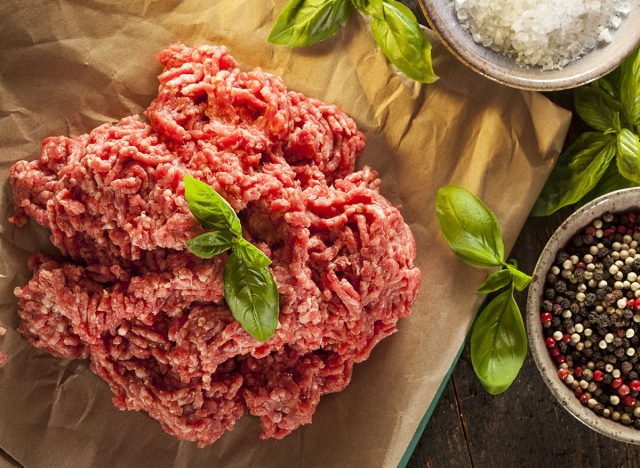
"Grass-fed" food labels indicate that the animal's nourishment came from vegetation rather than corn. This label doesn't tell whether the living conditions were humane or sanitary or whether hormones or antibiotics were used.


